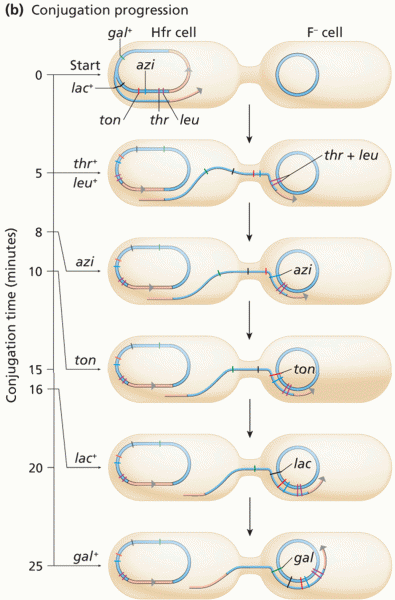Answer to Question 1
Answer: 4
Rationale: This is an example of underdelegation. This ocurs when the nurse leader does not appropriately delegate and ends up performing more work than is necessary. There are many tasks that can be performed only by a nurse manager, but these tasks usually are performed in their office. If there were many unit-specific activities that could be performed only by a nurse manager, the night shift staff and weekend staff members would be unable to operate the unit without the nurse manager being available, or possibly present, at all times. It is inappropriate and unrealistic to expect the nurse manager to be available or to be present for every shift. Habit can be a barrier to using time well when a process is not thought through carefully and people continue to do something they always have done, even if it is not time-efficient. Work expansion occurs when too much time is allotted to complete a task. Time frames attached to work will provide guidelines. Technology invasion occurs when cell phones or computers act as distractors to work instead of assisting the nurse manager to use time efficiently.
Answer to Question 2
Answer: 1
Rationale: When a nurse manager has a task that must be performed in a timely manner, it is most important for the nurse manager to reduce the task down further into short-term and long-term goals. This is a very efficient use of time, and assists the nurse manager when something else takes precedence over the evaluations for a short time. It will be easy for the nurse manager to return to the evaluation tasks with some minor goal alterations. It is not appropriate for the nurse manager to engage in activities to make the evaluations cuter. The evaluations should be efficient to use and easy to understand; they do not need to be cute. This is an example of a nurse manager who has an idea time style. These leaders are very creative but less efficient. It is also important for the the nurse manager to be able to prioritize. Not every task is equally important. It is important for the nurse manager use time wisely and not routinely meet to talk about the evaluations over coffee with other nurse managers, but to begin performing tasks aimed at evaluation completion on the set date.







